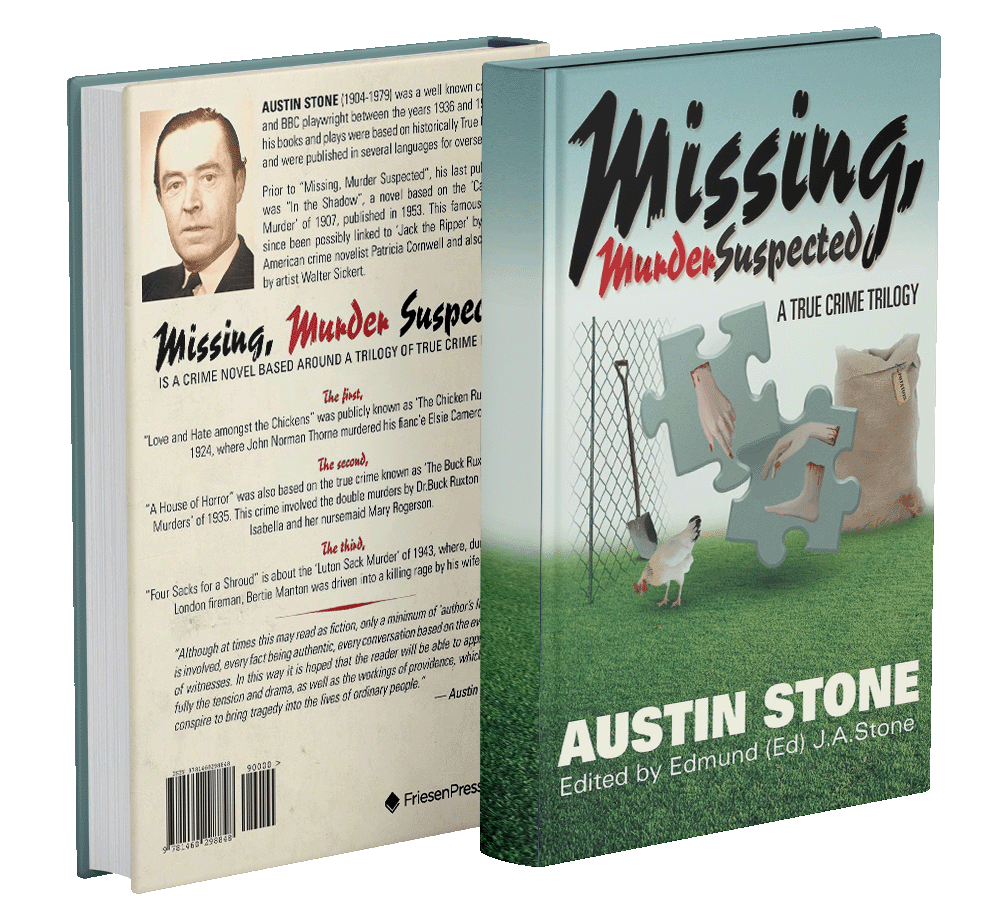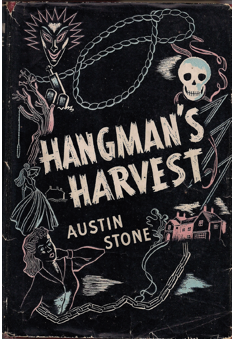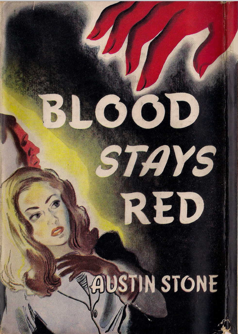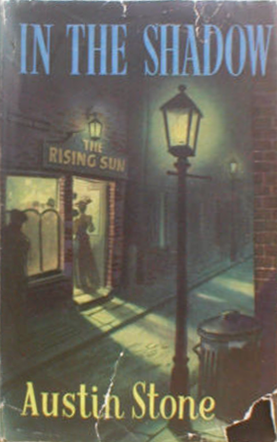Books
MISSING, MURDER SUSPECTED
A TRUE CRIME TRILOGY
Beneath the quiet surface of 20th-century Britain lie secrets too chilling to forget—a lover’s betrayal in a Sussex chicken farm, a doctor’s grisly puzzle in a Lancaster townhouse, a fireman’s wartime rage sealed in a sack. Missing, Murder Suspected resurrects these buried horrors, unearthed by Austin Stone and meticulously pieced together by his son, Edmund (Ed) J.A. Stone. This isn’t fiction. These are true crimes, raw and unflinching, stripped of rumor and rebuilt through courtroom whispers, yellowed letters, and the cold precision of autopsy reports. Step into a world where love festers into violence, ordinary lives fracture under pressure, and justice wears a mask of doubt.

Austin Stone’s prose pulses with the urgency of a detective piecing together clues. He stitches facts into narratives that feel alive—moments of tenderness sour into obsession, quiet towns crack under the weight of secrets, and justice teeters on the edge of doubt. His storytelling avoids sensationalism, instead anchoring itself in the grit of reality: the rustle of a courtroom transcript, the chill of an autopsy report, the tremor in a lover’s letter. Edmund’s editing preserves this authenticity, ensuring his father’s voice remains sharp and unflinching while weaving decades-old fragments into a cohesive, gripping whole.
Beyond the crimes, the book illuminates the eras that birthed them—the moral rigidity of the 1920s, the forensic breakthroughs of the 1930s, and the desperation of wartime Britain. It’s a mirror to the fragility of ordinary lives, where love curdles into violence and duty fractures into madness. For true crime aficionados, history buffs, and anyone captivated by the human psyche’s shadowed depths, Missing, Murder Suspected is more than a chronicle of death. It’s a testament to the stories we bury, the truths we ignore, and the echoes of tragedy that still whisper across generations.
From the Archives of Austin Stone
More Chilling Mysteries Await

Hangman's Harvest

Blood Stays Red

Death Throws a Party

In the shadow
Other Books by Austin Stone
1936 Murders in the Mortuary (Eldon Press & Putnam, NY)
1936 The Headsman (Eldon Press)
1948 Hangman’s Harvest (John Gifford)
1949 Blood Stays Red (John Gifford)
1949 Death Throws a Party (John Gifford)
1950 Deadly Night-Blade (John Gifford)
1953 In The Shadow (John Gifford)
Author's Notes
“The library shelves offer many volumes dealing with the true cases of murder, the details of which, however, are mostly contained in biographies describing the brilliant part played by some famous Defense Council, Detec-tive, Pathologist or other forensic expert, the story of the crime itself being dismissed objectively in a page or so–often a couple of paragraphs. The result is that the reader is introduced to an accused person virtually for the first time when he or she is a prisoner in the dock and to the victim as a corpse on the mortuary slab. Yet, behind every domestic murder (as apposed to gang killings and murder in the furtherance of robbery or theft) there lies a deeply human story. The characters involved are human beings with their own thoughts, problems and emotions, rather than mere puppets brought on to set the stage for the brilliance of the expert.
In this volume I have taken three cases where the victims were missing for some time before discovery of the crime and have endeavoured to present them in such a way that the reader is not only given an early glimpse into the lives of both victim and accused, but is able, thereafter, virtually to live and breathe with them over the vital period, so that when eventually the crime is revealed, every detail, both factual and psychological, is already known. The brilliance of the expert comes afterwards.
Although at times this may read as fiction, only a minimum of ‘author’s license is involved, every fact being authentic, every conversation based on the evidence of witnesses. In this way it is hoped that the reader will be able to appreciate fully the tension and drama, as well as the workings of provi-dence, which often conspire to bring tragedy into the lives of ordinary people.”

Editor's Notes

Prior to “Missing, Murder Suspected”, his last published book in 1953 was “In the Shadow”, a novel based on the ‘Camden Town Murder’ of 1907. This famous murder has since been possibly linked to “Jack the Ripper” by the well known American crime novel-ist Patricia Cornwell and also as depicted by artist Wal-ter Sickert.
Love And Hate Among The Chickens
(Rex V. Norman Thorne)
“In my opinion, you can’t beat White Leghorns when it comes to a matter of egg-yield.”
(Norman Thorne to his solicitor whilst awaiting the jury’s verdict at Lewis Assizes.)
Editor’s Notes:
1. Norman Thorne was sent to the gallows on April 22nd, 1925 at Wandsworth Prison (also used to dispatch the “Crumbles” killer, Patrick Mahon). It was argued that Thorne had copied the same method of killing.
2. Ironically, April 22nd, would have been Elsie’s twenty-seventh birthday!
3. This crime was publicly known as “The Chicken-Run Murder”
A House of Horror
(Rex v. Buck Ruxton)
“My wife has been unfaithful and if it continues I’ll kill her!”
(Dr.Ruxton in the police station at Lancaster.)
Editor’s Notes:
1. A petition and appeal for clemency was dis-missed on April 27th, and Ruxton was subse-quently hanged at “Strangeways” prison, Manchester on the morning of May 12th, 1936.
2. Mary Rogerson’s remains were buried at Overton churchyard, near Morecambe.
3. Ruxton disposed of the body parts in Moffat, in an area now known as “Ruxton’s Dump”.
4. 2, Dalton Square, empty for decades after the murders, was eventually gutted and remains non-residential. The bath, Ruxton used to dis-member his victims was later used by the mounted police as a horse trough.
5. This crime was publicly known as “The Jig Saw Murders”.
Four Sacks for a Shroud
“We had a quarrel and she slung her hook. I havn’t seen her since.”
(Manton to Chief Inspector Chapman, of New Scotland Yard.)
Editors Notes:
1. The Freedom of Information process shows that Public (Prison) Records, Ref: PCOM 9/1028, held by The National Archives, are closed for 75 years or more from the date of conviction (May 17th. 1944) and in this case will not be able to be viewed until 1st. January 2023.
2. Apparently, Internet information since ‘Bertie’ Manton’s sentencing, shows that he was imprisoned at “Parkhurst” Prison on the Isle of Wight and died there in 1947.
3. This crime was publicly known as “The Luton Sack Murder”